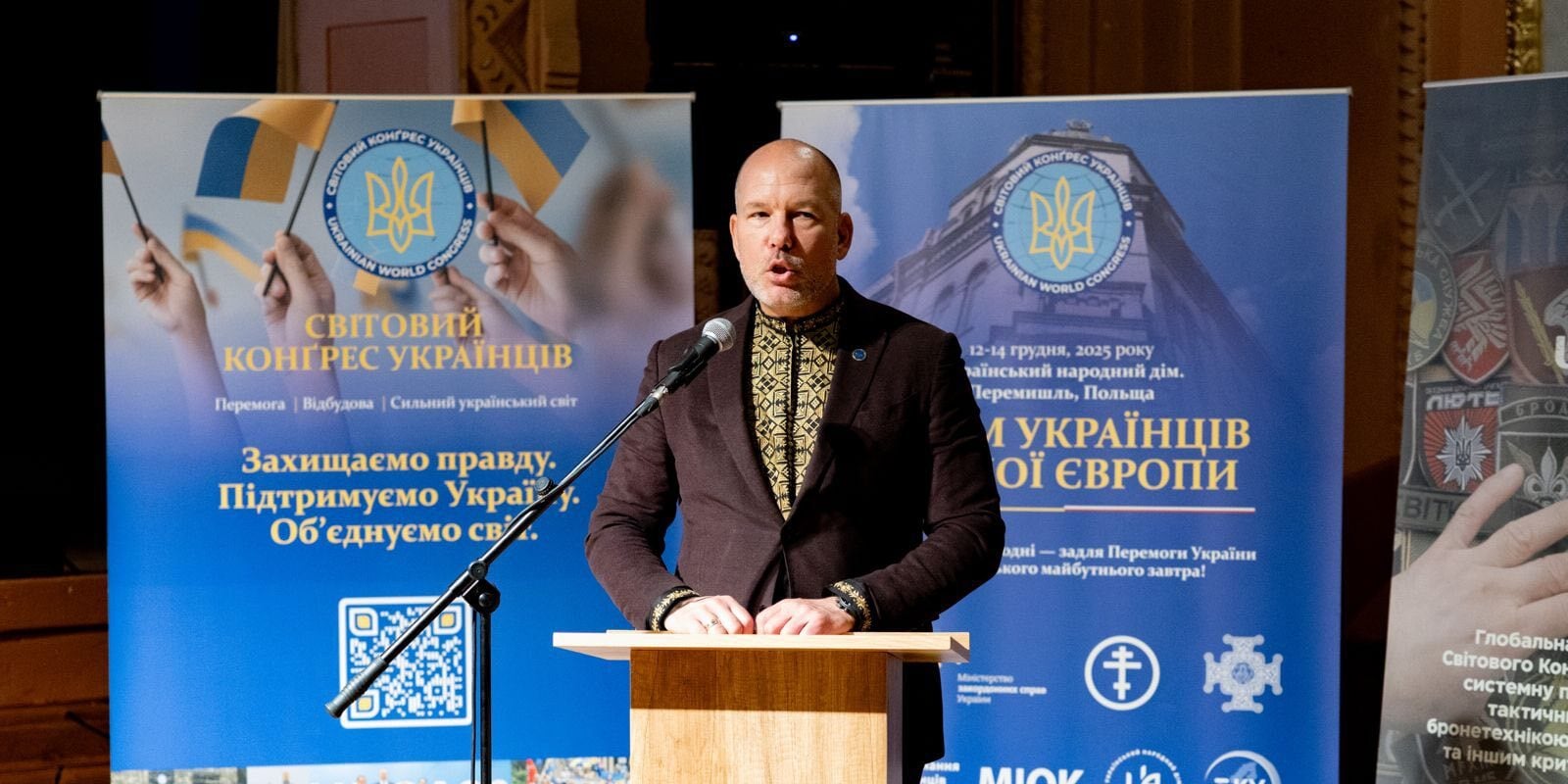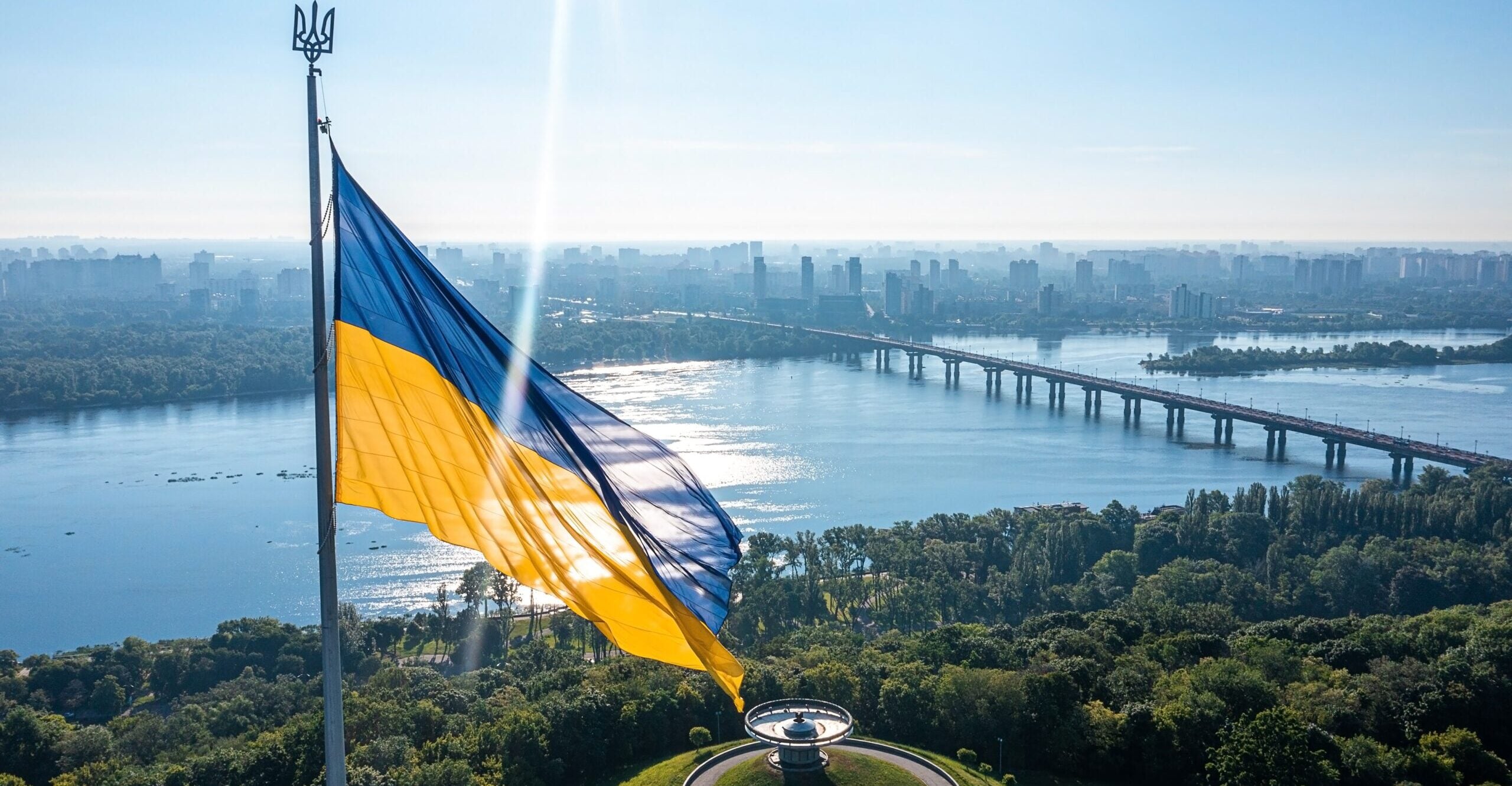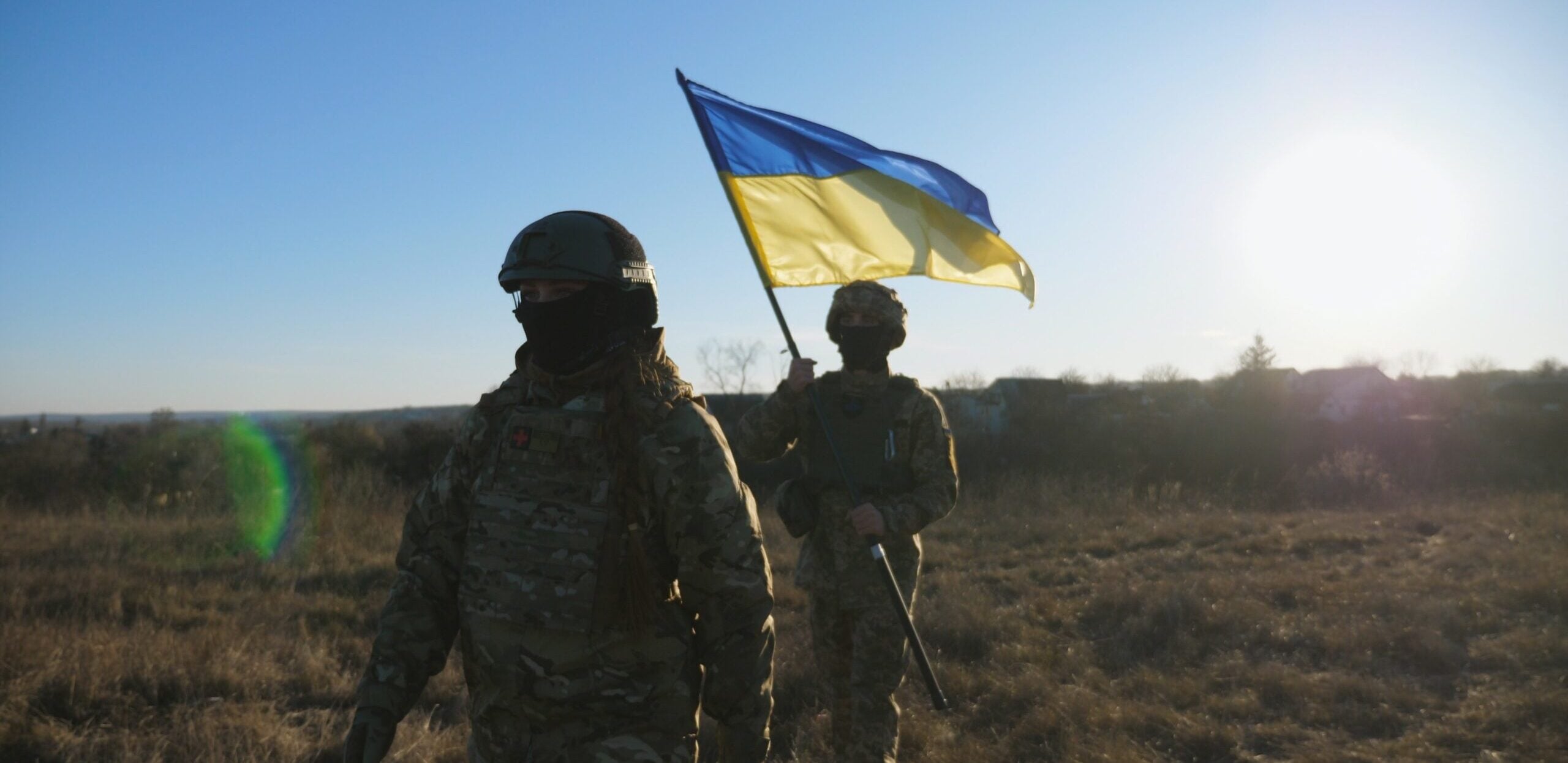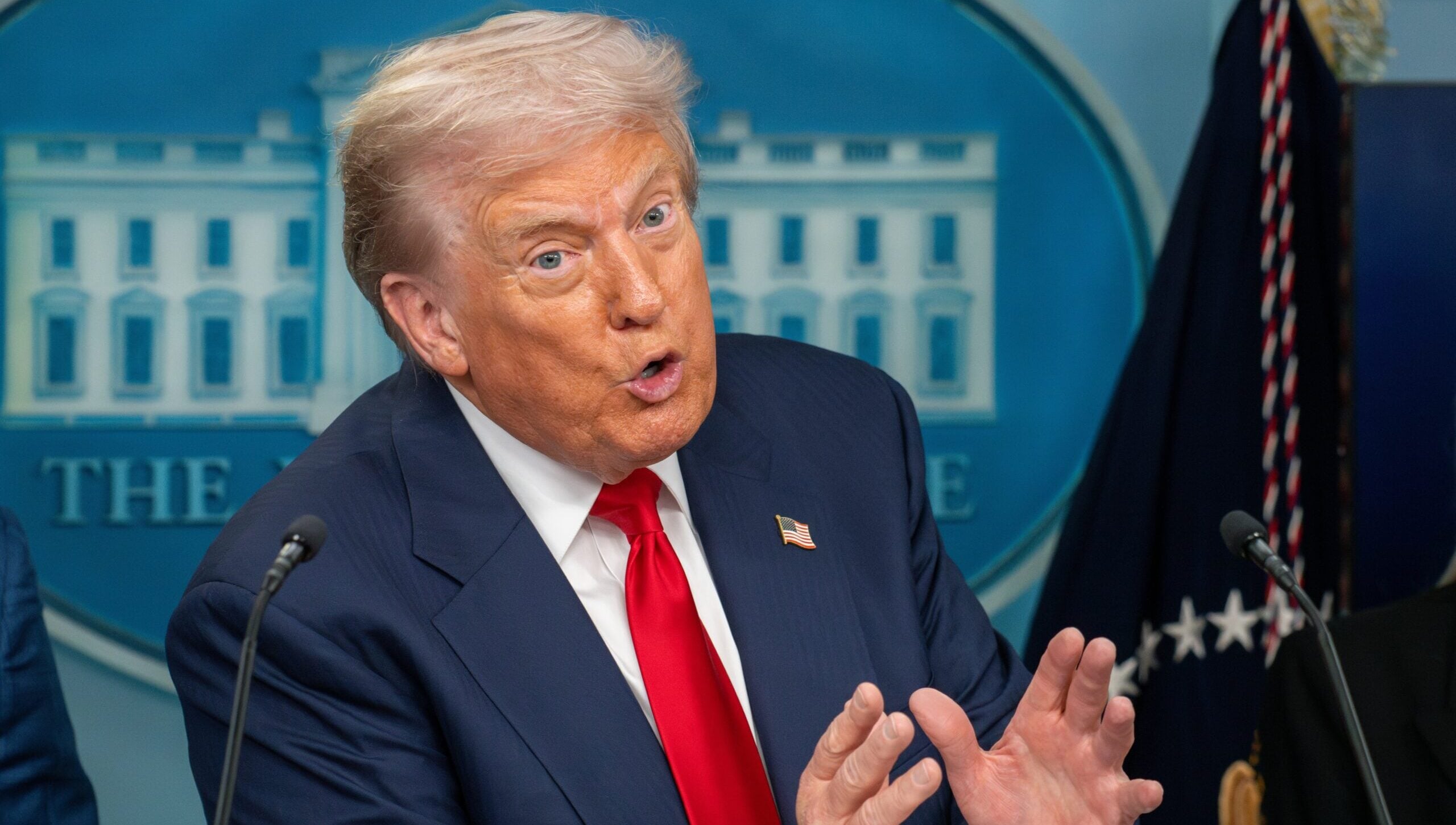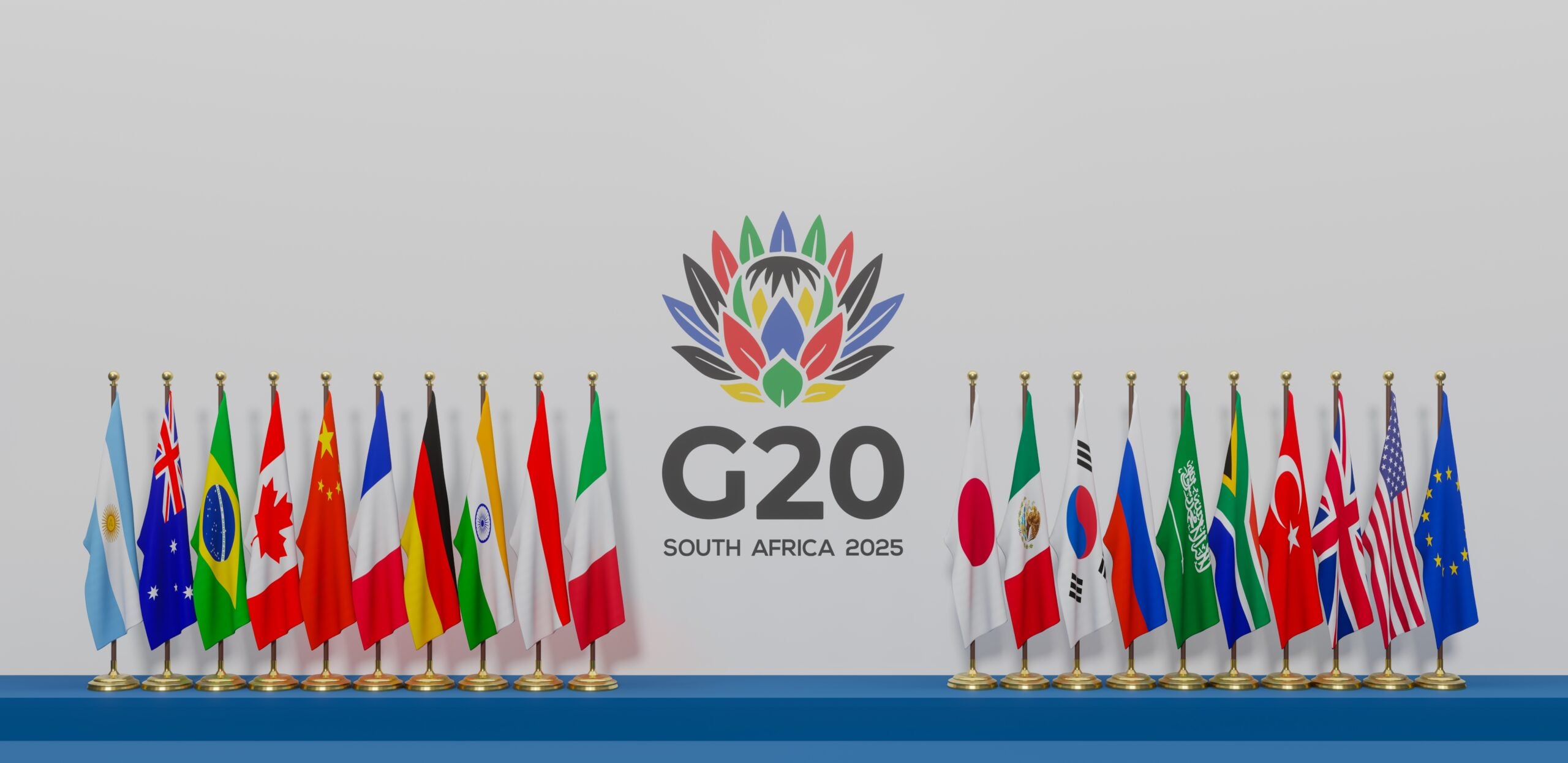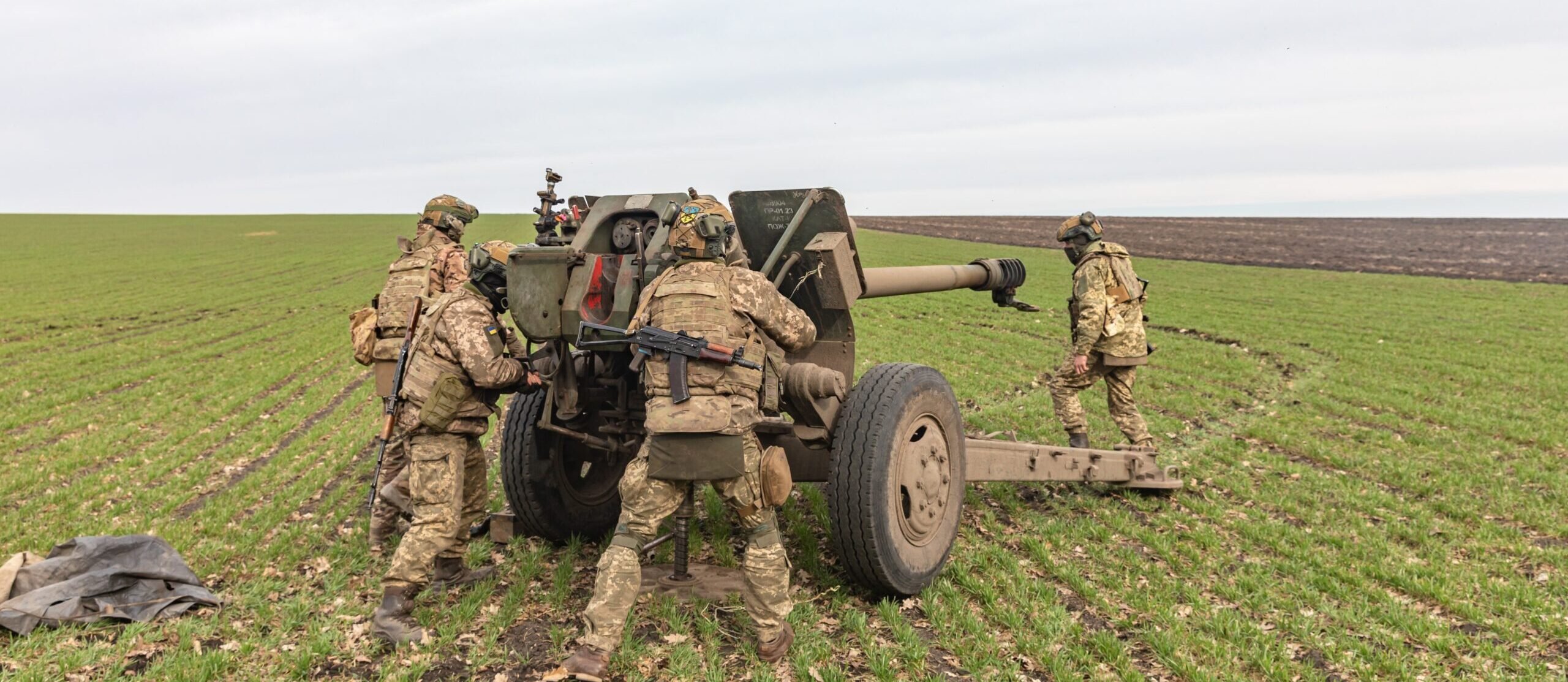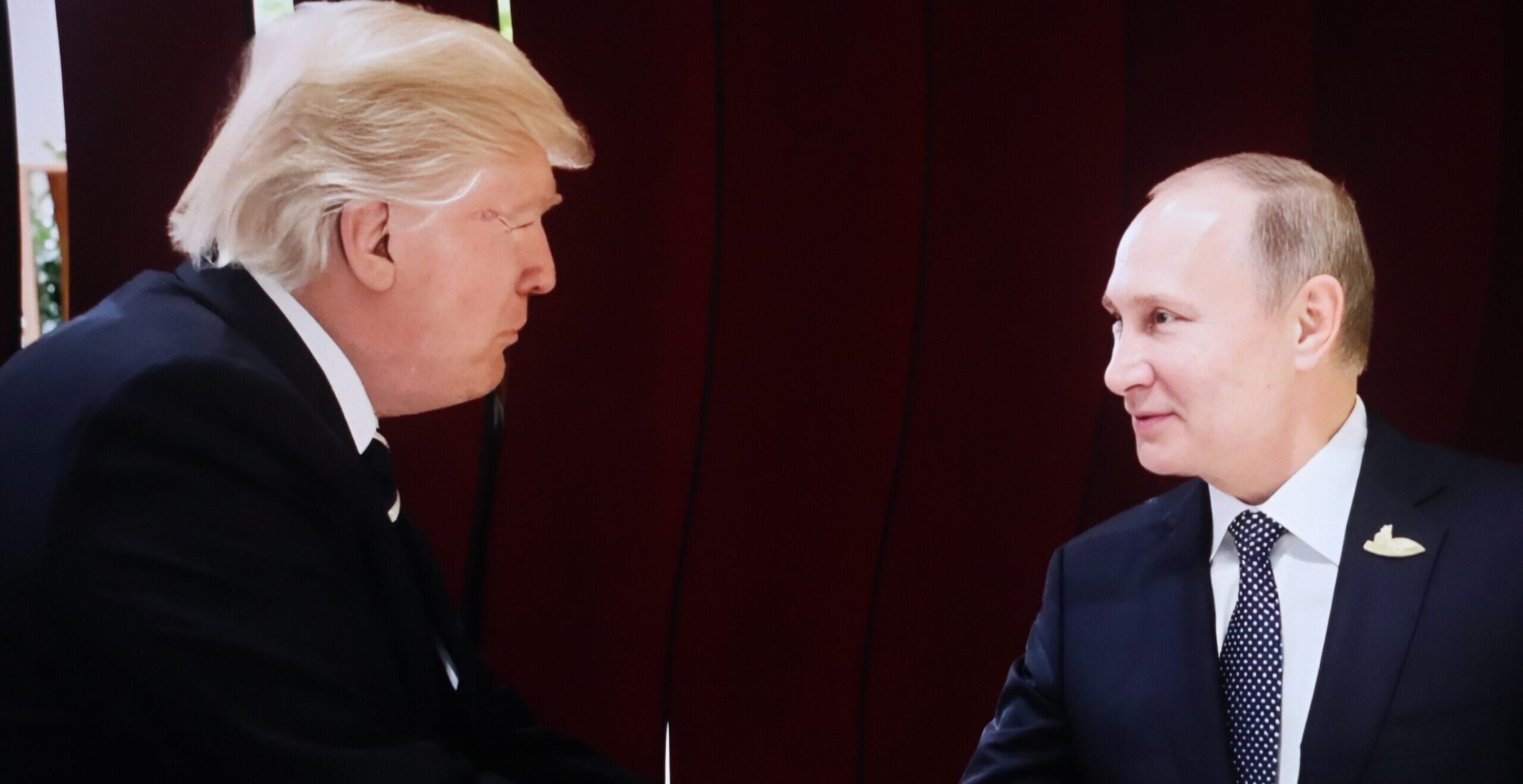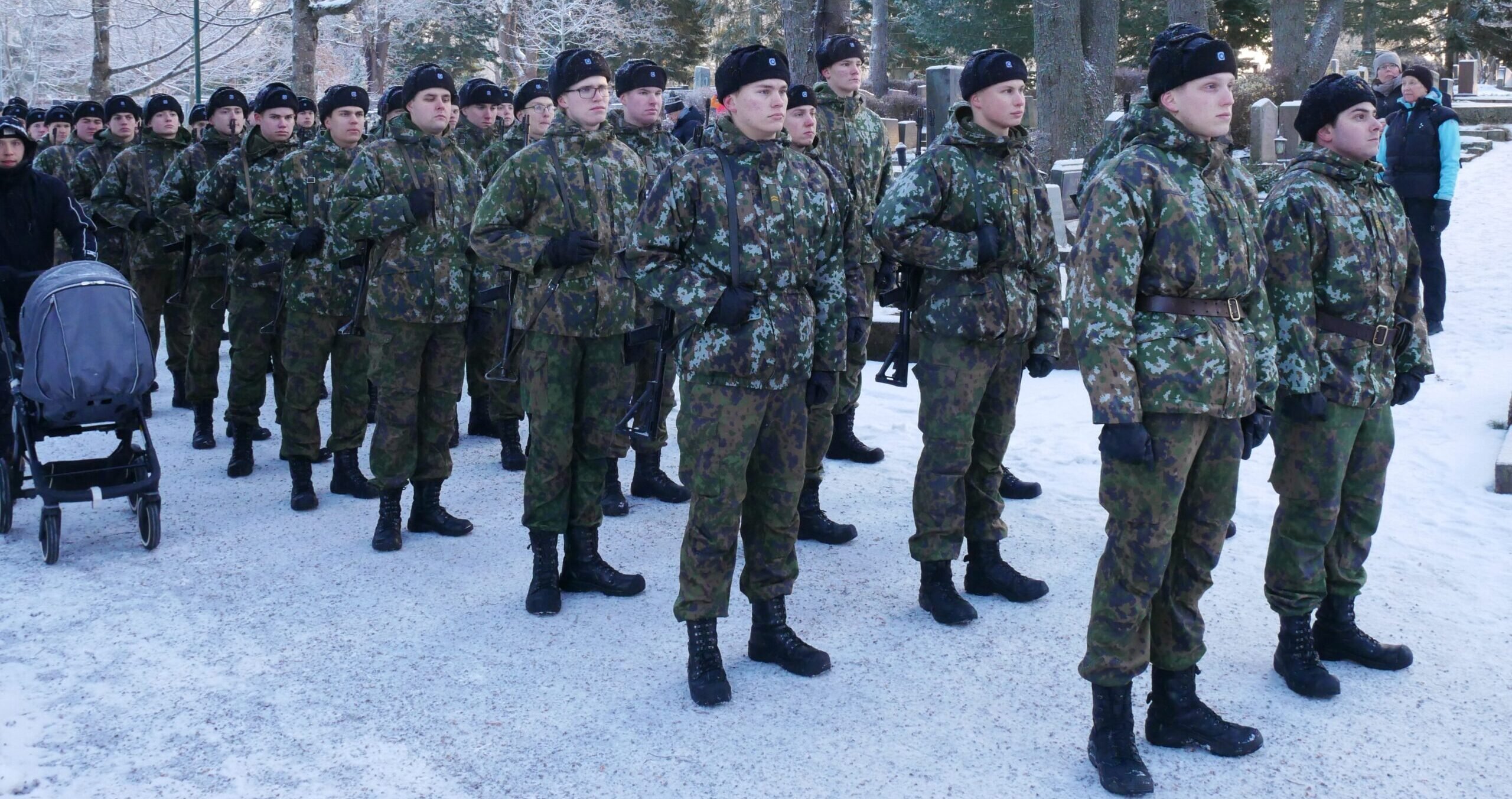
Russia is conducting simulation drills to attack Finland and other countries along NATO’s eastern flank, according to Finnish publication Iltalehti Journal that cites anonymous sources within the Alliance.
The Kremlin’s exercises are designed to replicate a potential assault, with the objective of reaching the borders defined by the 1743 Treaty of Turku. In these scenarios, Russian forces would focus on the Kymi River in the south and the Puumala Strait in the north.
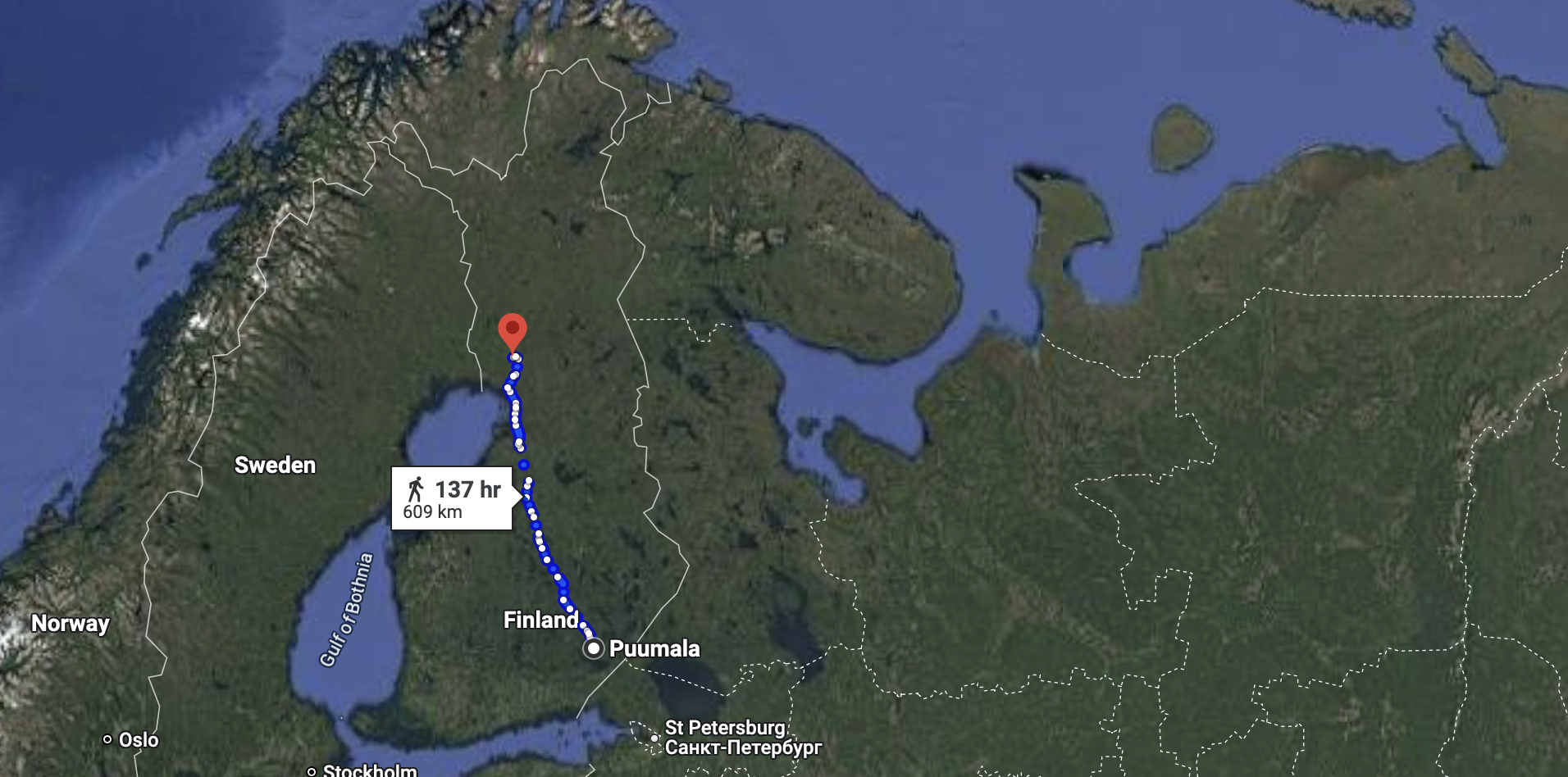 The distance between the Kymi River and the Puumala Strait on the map. Source: Google Maps.
The distance between the Kymi River and the Puumala Strait on the map. Source: Google Maps.
Previously, Kremlin ruler Vladimir Putin has described his vision of Russia as a 17th-century Russian Empire, and NATO sources suggest that these intentions should be taken literally.
Moscow also aims to establish a buffer zone for itself, according to the news dispatch.
“Russia’s approach to security reflects a desire for strategic depth and the creation of a continuous buffer zone in Europe – stretching from the Arctic and Baltic Seas to the Black and Mediterranean Seas,” the report says.
In the event of an attack, Russia would target the Finnish capital of Helsinki with missiles. The three Baltic states of Estonia, Latvia, Lithuania, and southeastern Finland would also face the threat of invasion.
“The primary focus of Russia’s offensive would be the Baltic States,” the publication notes regarding the former Soviet republics.
However, Russia’s ambitions are not limited to post-Soviet countries.
The Kremlin has prepared a list of potential targets in the event of a war with Japan and South Korea, including nuclear power plants, rail and road tunnels, factories, and other infrastructure.
A total of 160 targets are identified, according to Financial Times, citing leaked secret documents.
“The documents are drawn from a cache of 29 secret Russian military files, largely focused on training officers for potential conflict on the country’s eastern frontier from 2008-14 and still seen as relevant to Russian strategy,” the report adds.
The leak of these documents, along with the involvement of North Korean forces in Russia’s war against Ukraine, has unequivocally proven “once and for all that the European and Asian theatres of war are directly and inextricably linked,” said William Alberque, a former Nato arms control official now at the Stimson Center in Washington.
Cover: Shutterstock


